|
|
|
|
|
|
Gettysburg Photo Album
The Farms: Civilians Nearby
|
|
|
|
|
|
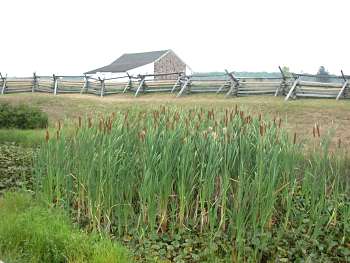 |
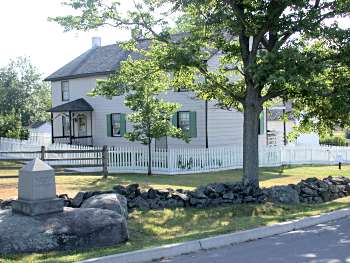 |
|
|
(7-01) Edward McPherson Farm
northwest of town, scene of the 1st day's
fighting. The farm was occupied by John Slentz and his family who took
refuge in the Lutheran Seminary basement |
(7-01) Abraham Trostle Farm,
south of Gettysburg near the Wheatfield. The family left abruptly on
July 2 as the battle swept toward them, and Gen. Sickles's staff, who
had set up his headquarters in the yard, helped themselves to a meal
that had been left on the dining room table. Trostle lost almost
everything he owned during the battle |
|
|
|
||
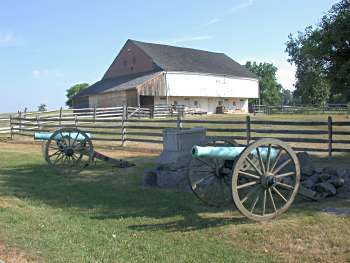 |
 |
|
|
(7-01) Trostle Barn |
(7-01) Henry Culp Farm just
north of the north face of Cemetery Hill. It was to this house that Col.
Isaac Avery was taken following his mortal wounding during the attack on
East Cemetery Hill on the evening of July 2, 1863 |
|
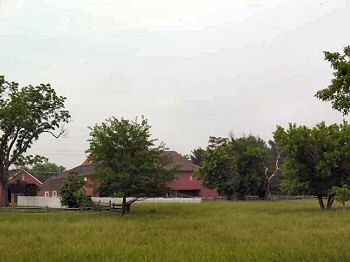 |
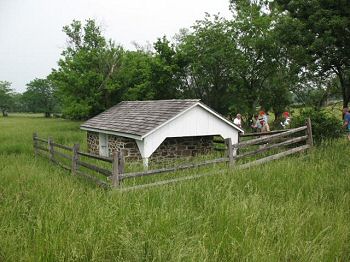 |
|
|
(6-07)
Culp Farm Barn Photo by Walter Wells, PA |
(6-07)
Enlarge Culp Farm Springhouse |
|
Behind Confederate lines throughout the fighting of July 2-3, the Culp farm became a natural gathering place for the Confederate stretcher-bearers and thus a temporary hospital. While leading an attack up Cemetery Hill, Issac Avery was shot from his horse. The mortally wounded colonel was taken to the Culp farm where he scribbled a note to his father letting him know that he died with his face to the enemy. The Henry Culp farm buildings stand today looking much as they did through the eyes of the soldiers in 1863. Family legend has it that the body of Wesley Culp was retrieved by his sisters following his death on Culp's Hill and buried him in the farmhouse basement. |
Home Back Page1 Page2 Page3 Page4 Page5 Next Gettysburg Image Map